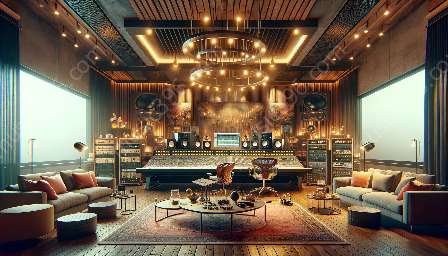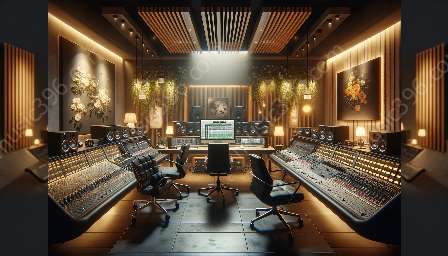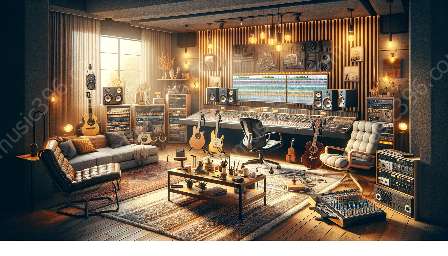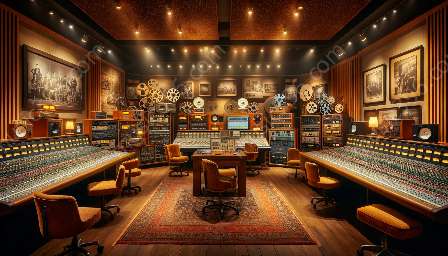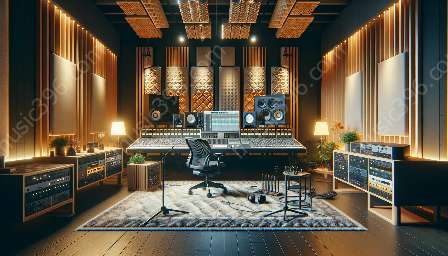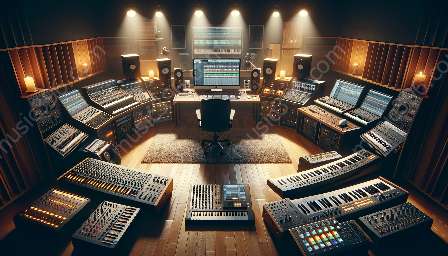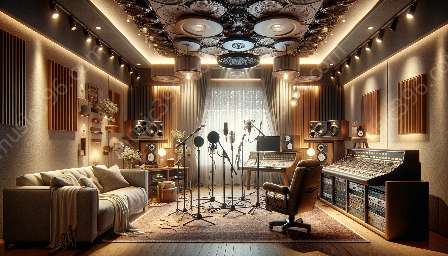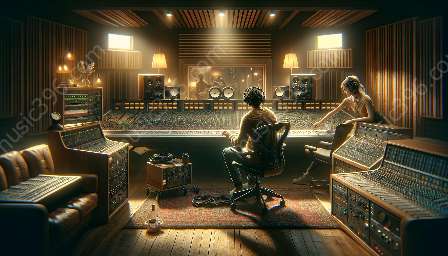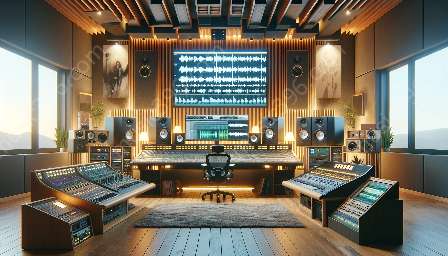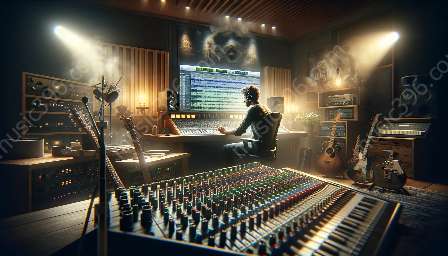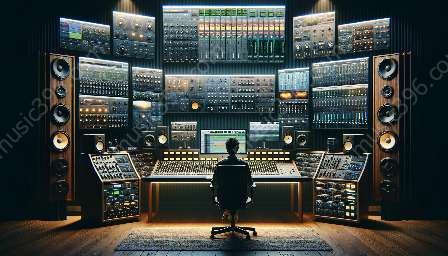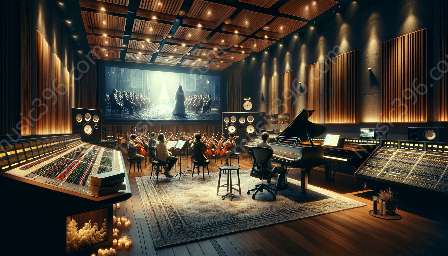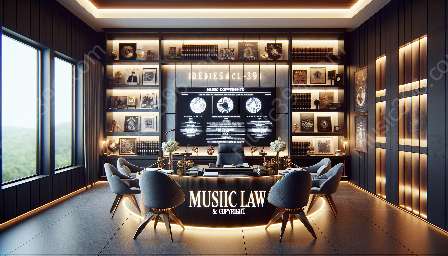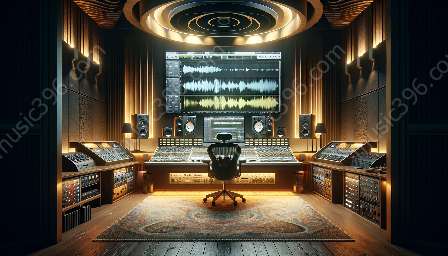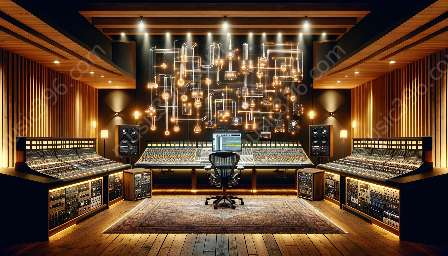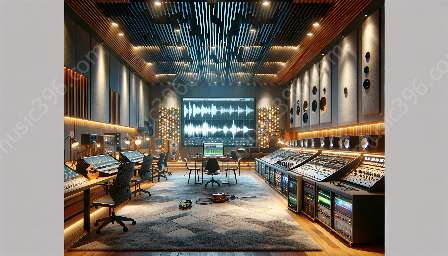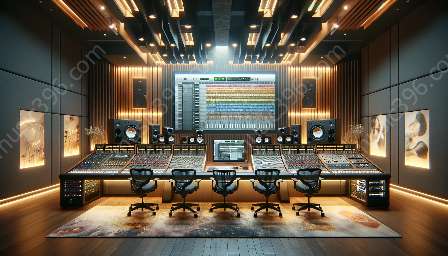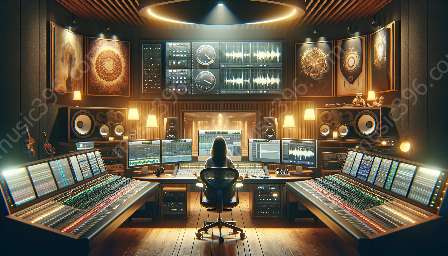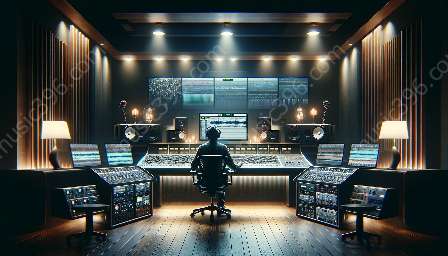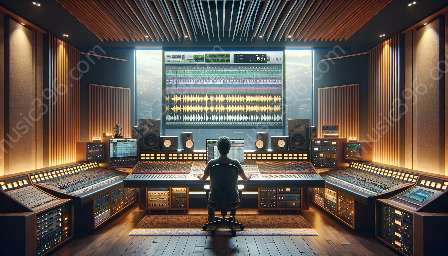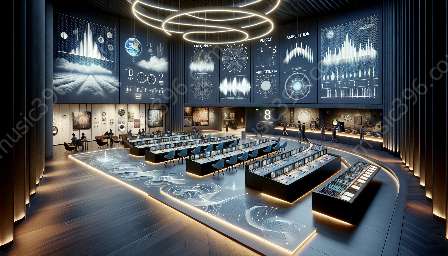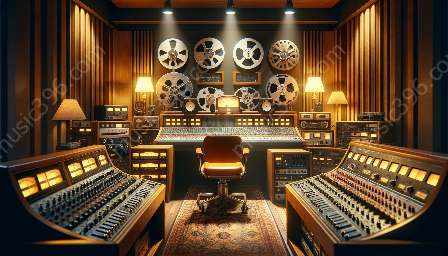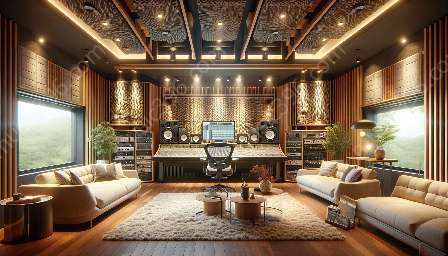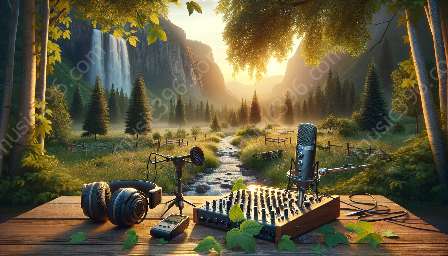Sound design plays a crucial role in shaping the immersive environments of ambient and field recordings. By carefully manipulating sound elements, sound designers are able to create rich and captivating audio experiences that transport listeners to different worlds. This article delves into the significance of sound design in the context of ambient and field recordings, and its relationship with music recording.
The Impact of Sound Design on Ambient and Field Recordings
Ambient and field recordings aim to capture the essence of a particular environment, whether it's a serene forest, bustling city streets, or a tranquil beach. Sound design enhances these recordings by adding depth, dimension, and emotional resonance. It involves the intentional control and arrangement of sound elements, such as natural or synthetic sounds, to evoke specific moods and atmospheres that resonate with the listeners.
Creating Immersive Environments
Sound design is instrumental in creating immersive environments within ambient and field recordings. By carefully layering sounds, adjusting spatial positioning, and incorporating environmental effects, sound designers can manipulate the audio landscape to transport the listener to the heart of the recording's setting. This level of immersion adds an experiential dimension to the recordings, allowing the audience to feel as if they are physically present in the captured location.
Enhancing Emotional Impact
Furthermore, sound design enables the amplification of emotional impact within ambient and field recordings. Whether it's the gentle rustling of leaves, the distant hum of a city, or the crashing of waves, these carefully curated sounds have the power to evoke a range of emotions, from tranquility and nostalgia to excitement and awe. Sound design ensures that the emotional essence of a particular environment is not only captured but also magnified, allowing listeners to connect with the recording on a deeper, more profound level.
Establishing Cohesive Sonic Landscapes
Sound design is also responsible for establishing cohesive sonic landscapes within ambient and field recordings. By balancing and blending various sound elements, sound designers can create a sonic tapestry that effectively represents the auditory identity of the recorded environment. This process involves meticulous attention to detail, ensuring that every sonic component contributes to the overall narrative and sonic aesthetic of the recording.
Interplay Between Sound Design and Music Recording
While ambient and field recordings primarily focus on capturing natural sounds, the interplay between sound design and music recording can yield compelling results. Sound design techniques are often employed in music recording to enhance the overall sonic palette and create a more immersive listening experience for the audience.
Creating Atmospheres and Textures
Sound design techniques, such as the use of reverbs, delays, and spatial effects, are frequently intertwined with music recording to create atmospheric textures and ambient layers. These elements add depth and dimension to the music, transforming it into a sonic journey that transports the listeners beyond the mere auditory realm. Furthermore, sound design allows musicians and producers to infuse recordings with unique sonic signatures and experimental sonic landscapes, making the listening experience more engaging and captivating.
Shaping Contextual Narratives
Incorporating sound design in music recording also contributes to shaping contextual narratives within the compositions. By integrating field recordings or ambient sounds into musical arrangements, artists can imbue their music with a sense of time, place, and emotion, creating a deeper connection between the listener and the sonic storytelling. Additionally, sound design plays a pivotal role in producing cohesive sonic atmospheres that complement the thematic elements of the music, resulting in a more cohesive and impactful listening experience.
Blurring Boundaries and Exploring New Frontiers
The synergy between sound design, ambient recording, and music production offers an opportunity to blur traditional boundaries and explore new frontiers of sonic creativity. Whether through the integration of environmental sounds into compositions, the manipulation of natural acoustics, or the use of unconventional sonic elements, the collaborative relationship between sound design and music recording yields a vast playground for artistic experimentation and innovation.
Conclusion
Sound design serves as a fundamental cornerstone in the creation of compelling and evocative ambient and field recordings. Its ability to sculpt immersive environments, enhance emotional impact, and shape cohesive sonic landscapes contributes significantly to the art of capturing and conveying the essence of real-world environments through sound. Moreover, the interplay between sound design and music recording offers a gateway to new sonic territories, providing artists and listeners with enriching, multi-dimensional audio experiences that transcend the conventional boundaries of sound.

